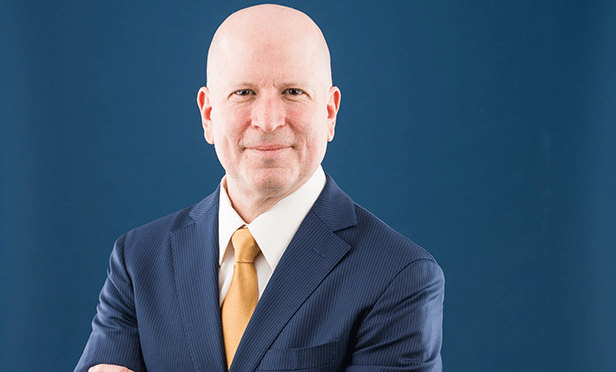
The protracted turnaround of the United Kingdom's commercial property market was given an adrenaline shot in the form of an influx of foreign capital to London. While this is good in the short term for the UK, the rest of the country languishes and continues to feel downward pressure on its values. With all eyes, and capital, fixed on the UK's dominant metropolis, the much-anticipated distressed asset market has yet to truly materialize.
According to DTZ's "Global Occupancy Costs: Office 2010" report, London's West End regained its mantle in the first quarter as the most expensive location in the world to occupy office space. Retail is also thriving in this area, thanks to an influx of European tourists drawn by the advantageous euro-to-pound exchange rate. Although this rise in value is good for the UK in general, it creates a larger looming issue for those secondary market properties.
"There is a polarization between primary and secondary markets, ' explains Rupert Dodson, head of valuation for Cushman & Wakefield in London: "Outside of London, there is great concern about rental growth. Plus, the drivers of employment, job growth and consumer spending still look pretty poor." He says that the primary factor, as in many of the US markets, is that investors are risk averse.
Recommended For You
Want to continue reading?
Become a Free ALM Digital Reader.
Once you are an ALM Digital Member, you’ll receive:
- Breaking commercial real estate news and analysis, on-site and via our newsletters and custom alerts
- Educational webcasts, white papers, and ebooks from industry thought leaders
- Critical coverage of the property casualty insurance and financial advisory markets on our other ALM sites, PropertyCasualty360 and ThinkAdvisor
Already have an account? Sign In Now
*May exclude premium content© 2025 ALM Global, LLC, All Rights Reserved. Request academic re-use from www.copyright.com. All other uses, submit a request to [email protected]. For more information visit Asset & Logo Licensing.








